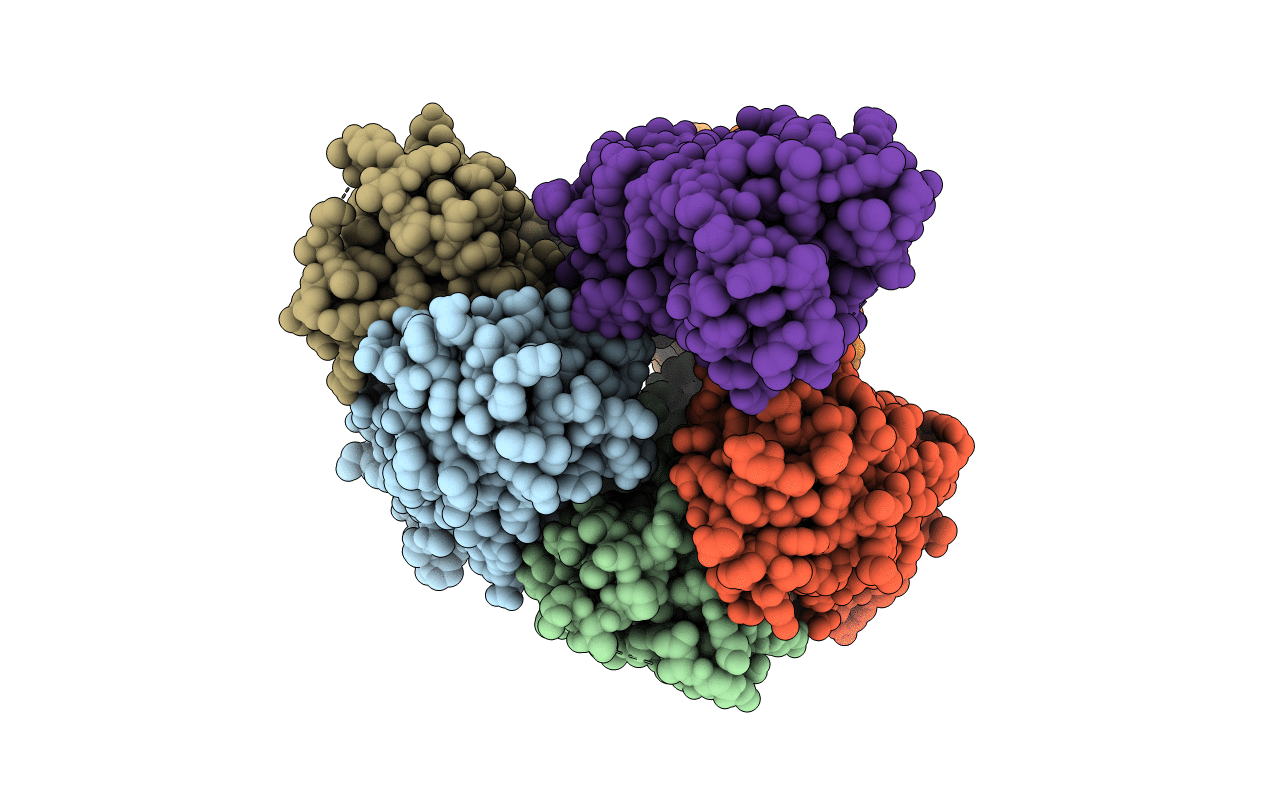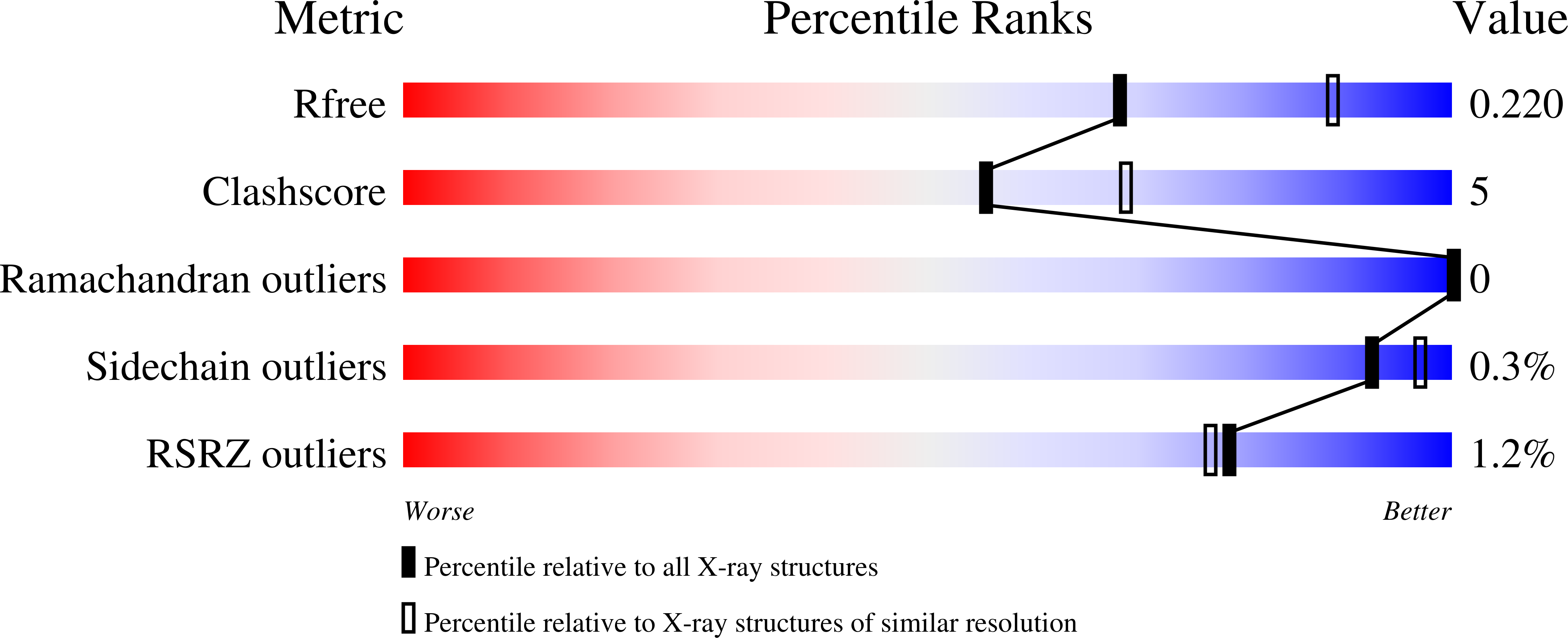
Deposition Date
2020-12-21
Release Date
2022-02-09
Last Version Date
2023-10-25
Entry Detail
PDB ID:
7L4S
Keywords:
Title:
Crystal structure of the OxyR regulatory domain of Shewanella oneidensis MR-1, reduced form
Biological Source:
Source Organism:
Shewanella oneidensis (Taxon ID: 211586)
Host Organism:
Method Details:
Experimental Method:
Resolution:
2.40 Å
R-Value Free:
0.22
R-Value Work:
0.17
R-Value Observed:
0.19
Space Group:
P 32


